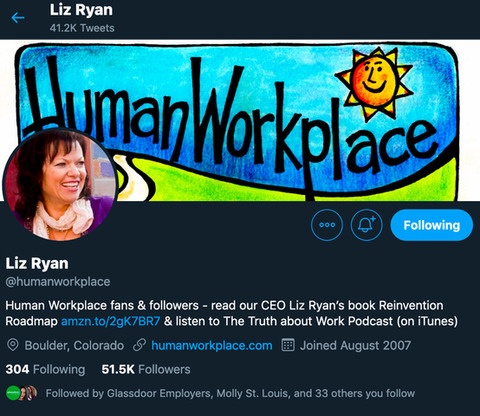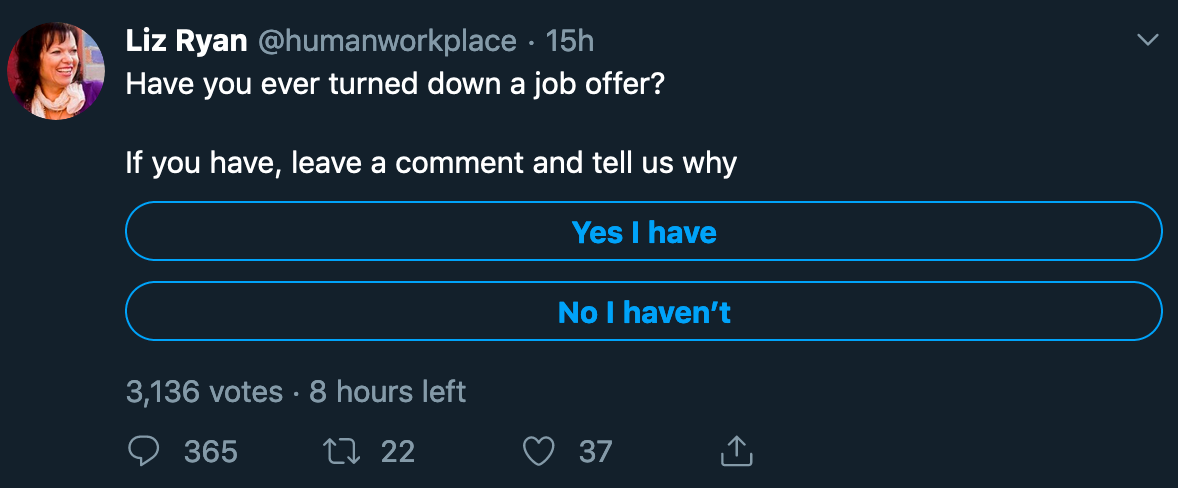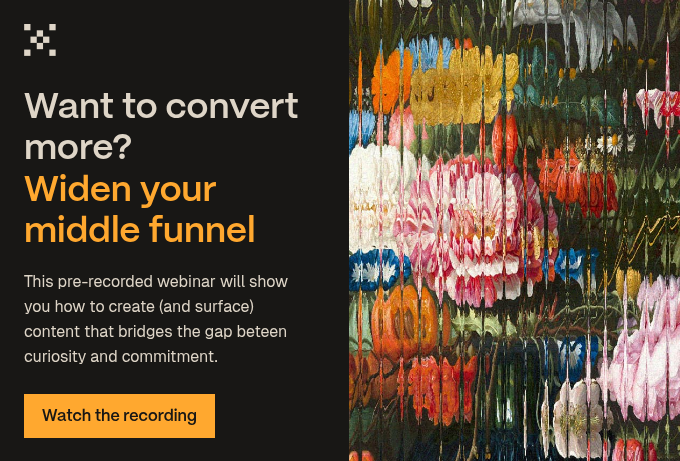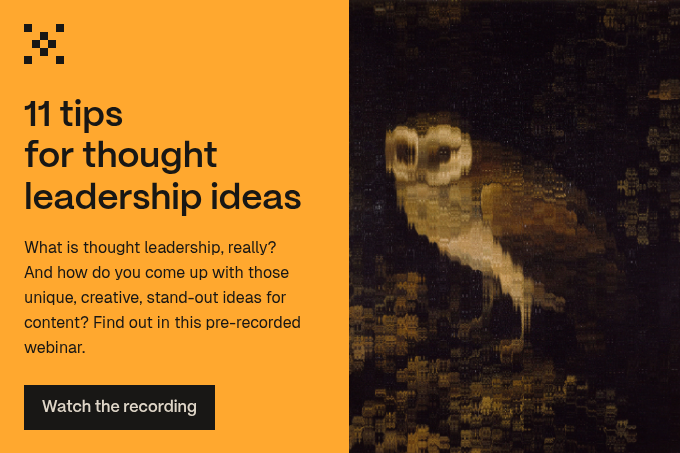Influencer marketing: what was once a small line item in the budget has now turned into a multibillion-dollar industry.
What is Influencer Marketing?
Influencer marketing is when companies partner with online influencers to increase their brand reach and/or conversions among a target audience.
And, stats show it works—really well. Just a little over half of people say they trust ads, while more than 80 percent say they trust recommendations from family and friends. Additionally, 60 percent of B2B buyers are only ready to talk to a salesperson after they’ve done their own research. That’s why influencer marketing is worth your time and attention.
But, while many marketers believe that working with influencers is just for the B2C world, its popularity and effectiveness for B2B companies is also growing. In fact, businesses generate an average of $6.50 for every $1 they invest in influencer marketing.
What are Micro-Influencers?
The majority of small-to-medium-sized B2Bs don’t have the budget to support the million-dollar price tags needed to partner with the likes of Kylie Jenner on Instagram. Luckily, you don’t need deep pockets to develop and execute an effective influencer marketing campaign for your company.
The key: micro-influencers. Usually focused on one niche area, micro-influencers are experts in their industry and have a smaller number of followers; criteria varies, but follower numbers for micro-influencers can range between 1,000-100,000.
Take Liz Ryan, CEO of Human Workplace and a micro-influencer in the HR industry. She has almost 52,000 followers on Twitter.

While that might not seem as much as the likes of William Tincup, who has 284,000 followers on Twitter, she gets much more engagement in her posts:

Don’t be alarmed by the prospect of fewer followers, because micro-influencers typically achieve stronger engagement. They nurture their relationships with their audience rather than just sharing their knowledge in one-way communication. Think quality over quantity.
So, how do you get your business to reap the benefits of this new trend? In this article, we’ll detail how you can tap into influencer marketing by:
- Finding B2B micro-influencers by searching LinkedIn, Twitter, and Slack groups for experts.
- Pitching them, armed with research, patience, and personalised ideas for collaboration.
- Building relationships with them by sharing their content, connecting them with others, and staying top-of-mind.
How to find the right B2B Micro-influencers
To find the micro-influencers who are the right fit for your business, you can leverage the online tools you already know how to use like LinkedIn, Twitter, Slack groups, or BuzzSumo.
On LinkedIn, log into your account and search for LinkedIn groups that focus on your industry. If you’re not already part of them, request to join. Once you’re in, you can typically see who the most active members are, and you can start headhunting that way.
On Twitter and LinkedIn, you can also follow certain hashtags. See if you can find people whose posts trend for topics related to your business. You can also look at macro-influencers’ Twitter posts to see if there are micro-influencers that pop up and comment.
Slack Groups
Many industry groups will also host Slack channels where you can connect with other industry professionals. Check out Online Geniuses, which connects digital marketers across numerous fields all over the world. There, you can ask to see if anyone has any recommendations for influencers they’ve worked with successfully in your industry. Chances are, someone can help you find the contact information you need.
BuzzSumo
Additionally, you can use other online tools like BuzzSumo to find micro-influencers in your field. Look to see if their names come up in various blogs, or check if they’ve appeared on webinars or podcasts.
Things to look for in Micro-Influencers
As you’re growing your list of potential people to work with, there are certain things to note as you do your research. According to Single Grain, you should gather these key pieces of information:
- Name
- Subject matter/niche
- Follower size
- Active social media channels (and links to them)
- Contact info
- Post cadence and engagement patterns. This includes trends you find in their content (e.g. frequency of posts, average engagement, content formats used, voice/tone, whether they work with your competitors, etc.)
Your objective, once you have a list of potential contenders, is to break down who has the most reach with your target audience and alignment with your brand. It's also worth testing your preconceptions by working with a range of influencers - you might tap into a customer base you didn't even know you had.
From there, you can start to put together your pitch to work together.
How to pitch a B2B Micro-Influencer
As any PR pro will tell you, crafting the perfect pitch takes a lot of research and preparation, combined with a dash of creativity. This is no different for influencer marketing.
If you have the budget, you can contact an agency to delegate outreach for you. They most likely have connections to streamline the process.
If you’d like to own the outreach and relationship, send the influencer an email stating your interest in collaborating. If you can’t find an email address, just reach out via the platform on which you’d like to work with them (like LinkedIn) and send them a message.
Crafting your pitch
Your pitch should include:
- Examples of previous campaigns the influencer has done that you admire
- How your audiences overlap
- Your campaign goals
- Type of content expected from the influencer
- Compensation expected from your brand
- Possible campaign dates
Formalising the agreement
Set up an interview to iron out the details and see if you’d be a good fit. Once you both decide to move forward with a partnership, you can include the above in a formal agreement, plus:
- Any required approval processes
- Content usage rights for the brand
- Exclusivity requirements, if necessary (e.g., don’t promote your competitors during the same period)
…and any other notes pertinent to your brand.
The best part about working with micro-influencers? You get more bang for your buck. While follower counts are lower, there’s more engagement, and they don’t typically charge as much as the industry’s top influencers.
And, if you continue to nurture that relationship, your clout will grow in tandem with theirs as their influence develops over time.
How to grow your relationship with a Micro-Influencer
Like your relationships with other co-marketing partners, working with micro-influencers comes down to trust and results.
Once you set your campaign in motion, don’t micromanage your influencers. They know what will resonate best with their audience, so being too prescriptive with your campaign instructions will sound forced. After the campaign is done, hold a post-mortem to review the data. How did your campaign match against other campaigns they do with brands of your size and industry?
If it was successful and you enjoyed working together, leave open the possibility of collaborating again. In the meantime, support them by engaging with and commenting on their posts. Ask questions to keep their online conversations going and retweet their posts. They’ll take notice and appreciate your efforts.
Over to you
Influencers of any size will help you significantly grow your organisation’s reach. But by associating your brand with the industry’s niche leaders, you’ll gain credibility with your target audience at a faster rate.
A strong influencer marketing strategy can not only increase your brand awareness, but also bolster your lead generation efforts, and ultimately contribute to your bottom line. All you have to do is get started.
Guest Author Bio
Jacel Booth leads content at AddThis by Oracle Data Cloud, which makes free, self-service social share buttons and website marketing tools. She has more than eight years of experience in marketing and communications across the non-profit, start-up, and tech industries. Connect with her on LinkedIn and Twitter.






